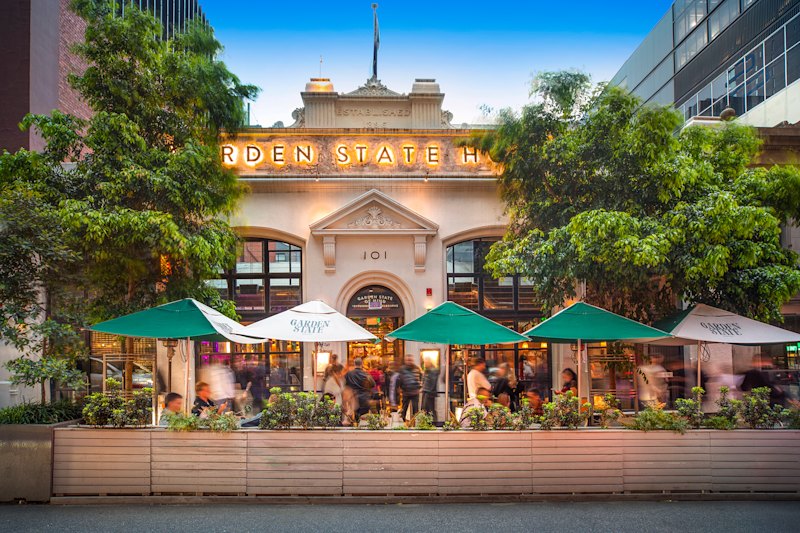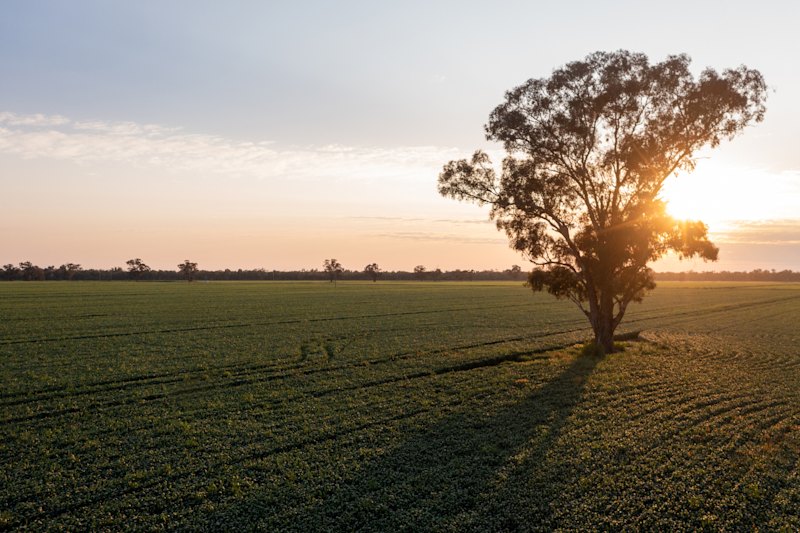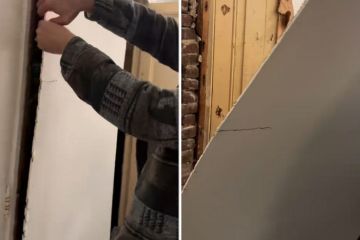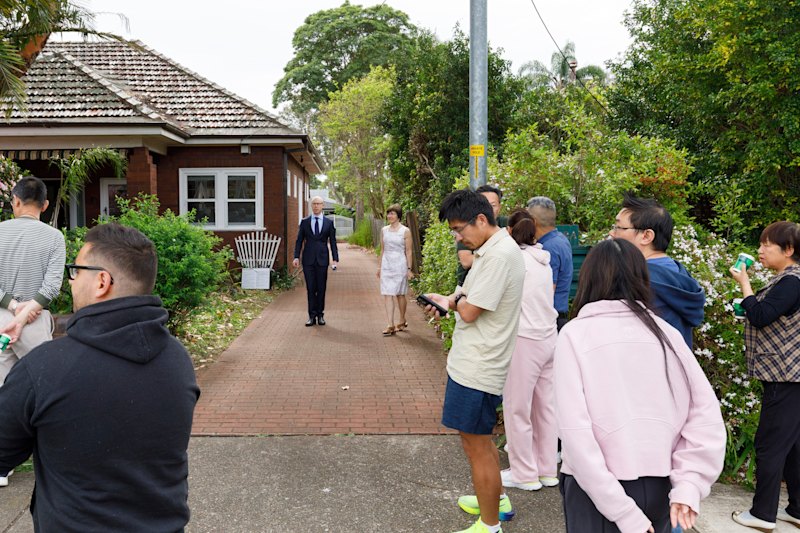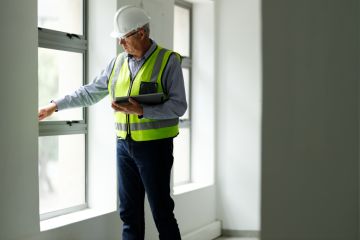Nicola Powell: Are townhouses Canberra's 'missing middle' of housing?
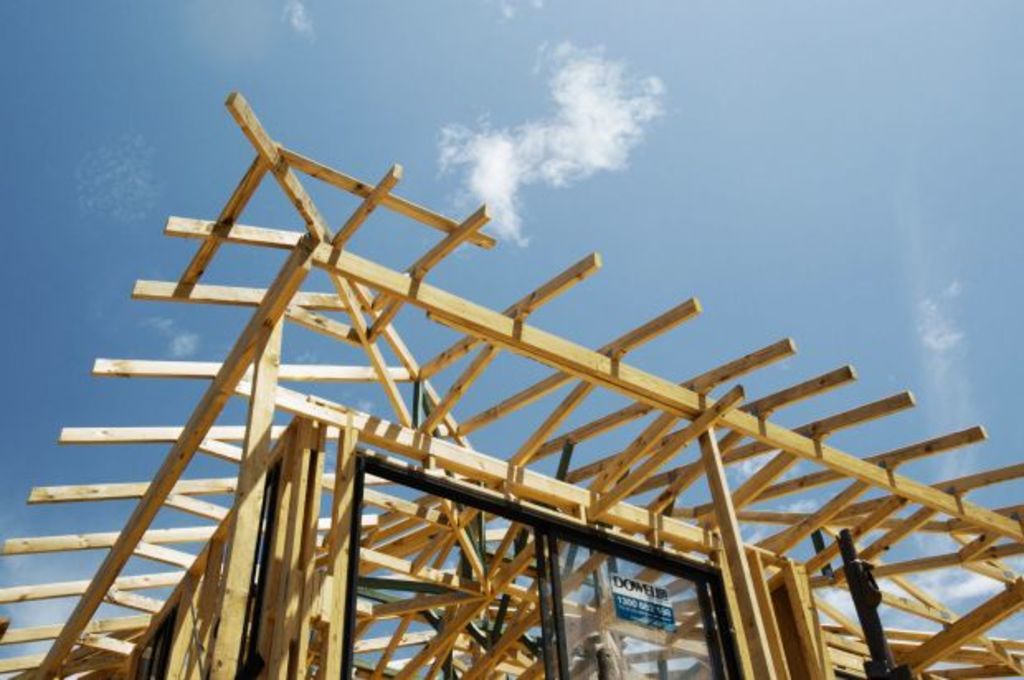
Canberra’s population strength was highlighted by an 11.2 per cent jump over five years to 397,397 residents on census night 2016, making it the fastest-growing jurisdiction in Australia.
ABS estimates report an even healthier 406,403 residents as of December 2016.
Looking forward, government projections have tipped Canberra to swell to 421,839 by 2020. Canberra is no longer Australia’s best-kept secret with more residents calling the capital home. The take home message – our population is growing rapidly.
Accommodating the anticipated population growth will challenge the region’s ability to provide enough affordable housing supply. A growing population is one of the major factors to influence housing demand.
The current building boom provides a wide array of mid to high-rise unit and apartment developments, across a spectrum of prices. However, apartment living is not for all. There is a missing middle in the provision of a diverse array of housing options. Townhouses, commonly referred to as a terrace, could provide that missing middle.
Townhouses offer a family friendly alternative to a detached house, at a lower entry price. Offering a greater level of privacy than an apartment, often the only shared space is a common driveway. Most importantly, for family friendly living or perhaps pet lovers, they often have a private outdoor space in the form of a courtyard or small garden.
Smaller parcels of land help to drive the affordability of a terrace home.
From entry-level to million-dollar homes, prestige townhouses do not necessarily mean compromising on living space. A wide variety of sizes and prices help to meet the requirements of a diverse array of buyer types at different stages of life.
- Related: Temporary reprieve on ‘townhouse killing’ tax
- Related: Lease variation charge – ‘death of townhouses’?
- Related: New designs that preserve social amenity
Developers are proving the popularity. The number of townhouses approved for construction soared to the second highest annual figure on record according to ABS building figures. Last year, 1555 townhouses were approved, falling marginally behind the peak experienced between 1992 and 1994.
One major difference stands between the approval peaks – densification.
Townhouses are ideal urban infill, particularly within the older, established suburbs where streetscapes are not necessarily suited to unit developments but prime for a terrace. Single-storey townhouse developments dominated the approval peak during the early ’90s.
Last year, the approval rate consisted predominantly of two-storey-plus townhouses. The major difference characterises the change in buyer preferences and astute developers using land space for urban infill.
Significant changes to the lease variation charge could hinder boutique urban infill developments. A flat fee of $30,000 per dwelling replaces the original $7500 charged for each dwelling (up to three homes) and $5000 per dwelling after.
The cost associated with an eight-dwelling development jumps to a staggering $240,000 from $47,500, with charges rising 405 per cent. There will be a transition period before the tax takes effect.
Even so, the astronomical increase will create a cost barrier to certain urban infill projects in the future. This could result in the cost being passed on to consumers or being offset by fewer homes in each development.
Either way, it is not a move to address affordability but instead provide more executive style townhouses.
Nicola Powell is a property expert for Allhomes. Twitter: @DocNicolaPowell
We recommend
We thought you might like
States
Capital Cities
Capital Cities - Rentals
Popular Areas
Allhomes
More
- © 2025, CoStar Group Inc.



